
Summer Ventilation Basics Slideshow
We believe in getting back to the basics, and in poultry farming especially, the basics are the best place to start. The summer days may be getting shorter, but the summer heat is only getting hotter, and it’s imperative that barns stay cool and birds stay comfortable to avoid heat stress. This short slide show […]
Read More >
High Pressure Fogging – Another way to keep cool
When we talk about evaporative cooling, most people think first of cool pad systems. Today, however, we want to highlight the less well known but more versatile evaporative cooling that comes from fogging systems. First to clear up a little confusion of terms: Fogging, misting, and sprinklers. Some people use them interchangeably but there is […]
Read More >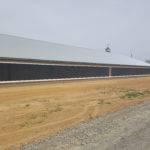
Evaporative Cooling – Make heat stress less stressful
The hottest part of the year can create many challenges for growers, especially those with larger birds. Air speed is the first defense we have against heat stress, but after the outside air gets above the skin temperature of the birds (usually 95°F/35°C), it actually speeds up the discomfort of the bird, rather than alleviating […]
Read More >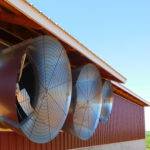
Air Speed – What you need to know
During extremely hot summer months, it’s crucial that we provide chickens with as comfortable an environment as possible to avoid heat stress. Humidity is often much higher during summer months, both inside and out, so we should provide cooler, drier air for birds to find relief. Similar to dogs, chickens don’t have the mechanism to […]
Read More >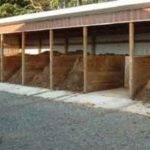
Dealing with Mortality: Incineration Vs. Composting
Of course every farmer wants all of their animals to live to achieve their full and delicious potential, but despite our best efforts sometimes we may end up with some livestock that is not so, well, alive. When faced with mortality in the herd or flock a host of issues come up, not the least […]
Read More >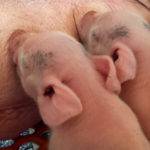
Combating Seasonal Infertility Through Environment
Seasonal infertility – defined in terms of either embryo loss or abortion – is a problem that many producers face every year. But why is this a problem, and how do we limit it? In the early days of hog production, it was normal for sows to only produce one litter per year, farrowing in […]
Read More >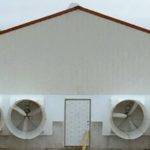
Swine Ventilation – Choosing a Fan
There are several types of ventilation options that can be used, some more common than others. In the US, where the majority of pig production is done in just a handful of states, all of which suffer cold, blustery winters, negative pressure ventilation is the most common system. In areas where climate is more temperate, […]
Read More >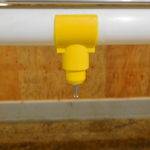
Swabbing Water Lines – A Better Level of Water Awareness
We know that biofilm is a tricky thing. It grows quickly, harbors bacteria, protects that bacteria from cleaning agents, and then releases those bacteria back into the water, potentially causing severe health issues. We clean and sanitize regularly to try to keep it controlled, but how can we know how much bacteria are actually inside […]
Read More >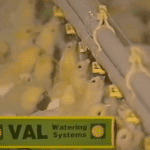
For almost 40 years, Val Watering has been the industry leader in closed poultry watering systems. Old but gold, this video still speaks to the value, quality, and dependability you’ve come to trust from VAL-CO. We stand behind our product. We stand behind our customers. We always will.
Read More >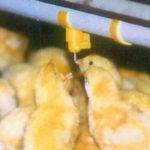
Drinker Sanitation – Would you drink that water?
Water is arguably the most important element to consider when operating a poultry farm. It keeps birds hydrated, it encourages them to eat and is essential for the digestion of what they do eat, and it acts as an administration tool to deliver medications and supplements to keep them healthy. It is the essential solvent […]
Read More >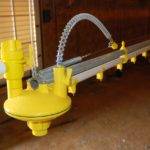
Last week we talked about how important it is to have your drinker line at the proper height to ensure that birds can easily drink without spilling too much water on the floor. Of course this is important, but it’s not the whole picture, so this week we’re going to talk about water pressure. Let’s […]
Read More >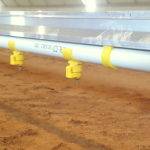
Drinker Line Height – The Line of Best Fit
Before we get started on why drinker line height is so important, there are a few facts you need to know: One: Chickens consume 1.75 pounds of water for every pound of feed. This is a constant. Two: Chickens have a maximum rate at which they can consume water, and this rate changes with age. […]
Read More >
The Dos & Don’ts of Improved Paw Quality
Footpad health is used as an audit criterion in US and Europe during animal welfare audits but it is a lesser concern than some other criterion. This is likely, at least in part, because growers don’t see any immediate financial incentive to improve paw quality. Integrators, however, have an incentive: chicken paws are really profitable […]
Read More >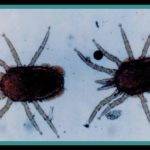
Mites are small but mighty… mighty destructive. Of all of the pests pestering chickens, mites be the worst offenders. There are several varieties, which we will review below, and they all cause grief in both farmers and chickens alike. They’re hard to see and harder to get rid of, so prevention is the best medicine. […]
Read More >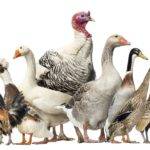
Avian Influenza: What You Should Know
Avian influenza, or bird flu, is carried by wild birds who are immune to its effects. While these wild, often migratory, fowl do not show signs or symptoms of the disease, they do act as carriers and can spread disease quickly over large areas. Domesticated birds – including chickens, ducks, quail, pheasants, and even ostriches – are […]
Read More >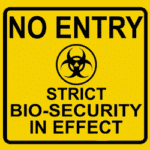
Protecting the Farm with Biosecurity
Biosecurity has been at the forefront of every farmer’s mind since the outbreak of Avian Influenza in 2015. With the reappearance of Avian Influenza across Europe, it’s imperative that farmers stay vigilant in protecting their farms from disease. Generally, biosecurity is the protection of health through avoidance of disease. But more broadly, this includes the implementation […]
Read More >
Management 301: Lighting for Optimal Production
When farmers started bringing hens indoors in the 1940s it was to protect their flocks from extreme weather conditions, illnesses, and predators. Over the past 50 years, farmers have done an amazing job of producing safe, affordable eggs while raising healthy hens. Recently, under scrutiny of animal welfare groups, businesses have promised to source only […]
Read More >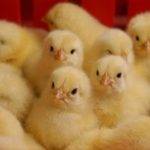
E. coli in Poultry: What is it?
Escherichia coli, or E. coli is distributed among poultry of all ages. The Escherichia bacteria is a natural inhabitant of the gut in poultry and most other animals. Normally, it is kept in check by other bacterium in the gut, but if large colonies form it can cause severe discomfort, illness, and mortality. E. coli is […]
Read More >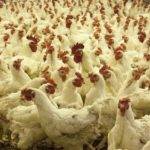
The Antibiotic Free Diet – How does it work?
The antibiotic free diet is the most important factor in maintaining bird performance without the use of antibiotics. It is imperative that birds receive a high-quality, balanced diet. The use of poorly digestible ingredients runs the risk of poor bird performance and bacterial overgrowth with subsequent disease and intestinal disorders. Bacteria need protein to grow […]
Read More >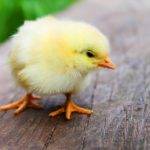
Rearing Antibiotic Free Chicks: Give them the Best Start
With consumers and welfare groups pushing for antibiotic free production of poultry products, farmers are faced with many obstacles. How can farmers reduce antibiotic dependence and still remain profitable? It’s a challenge, for sure, but there has been a flood of research to solve the problem. Scientists and nutrition experts have found that the birds’ gut […]
Read More >